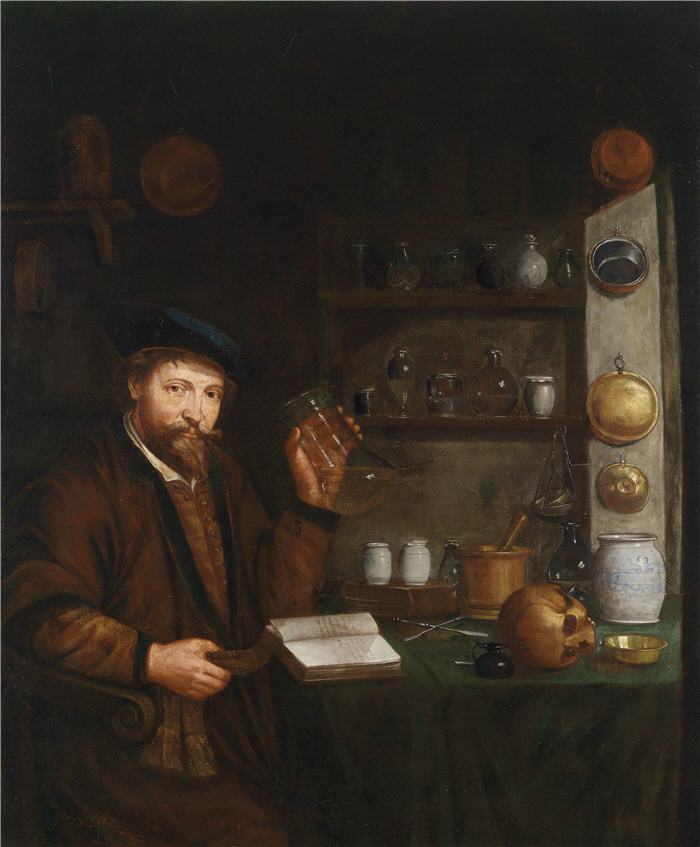Difference between revisions of "Template:Article of the week"
Shawndouglas (talk | contribs) (Updated article of the week text.) |
Shawndouglas (talk | contribs) (Updated article of the week text.) |
||
| Line 1: | Line 1: | ||
<div style="float: left; margin: 0.5em 0.9em 0.4em 0em;">[[File: | <div style="float: left; margin: 0.5em 0.9em 0.4em 0em;">[[File:Johannes Cordua Arzt in seinem Studierzimmer.jpg|160px]]</div> | ||
A '''[[Physician office laboratory]]''' ('''POL''') is a physician-, partnership-, or group-maintained [[laboratory]] that performs diagnostic tests or examines specimens in order to diagnose, prevent, and/or treat a disease or impairment in a patient as part of the physician practice. The POL shows up in primary care physician offices as well as the offices of specialists like urologists, hematologists, gynecologists, and endocrinologists. In many countries like the United States, the physician office laboratory is considered a [[clinical laboratory]] and is thus regulated by federal, state, and/or local laws affecting such laboratories. | |||
The workflow of a POL is similar to other clinical labs; the difference in workflows mostly comes down to the time spent in transporting the specimen to an outside lab and waiting for the processing. The in-office lab saves time in those parts of the process. Potential benefits of a POL include quicker access to test results for the clinician, greater efficiency of the clinical workflow, cheaper testing, and greater patient comfort and happiness. Potential disadvantages include the physician office being the only point-of-access, patients not feeling comfortable about the physician's office being the central repository of information, and the cost of meeting compliance requirements for local, state, and federal regulations. ('''[[Physician office laboratory|Full article...]]''')<br /> | |||
<br /> | <br /> | ||
''Recently featured'': [[ | ''Recently featured'': [[United States Department of Health and Human Services]], [[Bioimage informatics]], [[Biobank]] | ||
Revision as of 16:12, 22 September 2014
A Physician office laboratory (POL) is a physician-, partnership-, or group-maintained laboratory that performs diagnostic tests or examines specimens in order to diagnose, prevent, and/or treat a disease or impairment in a patient as part of the physician practice. The POL shows up in primary care physician offices as well as the offices of specialists like urologists, hematologists, gynecologists, and endocrinologists. In many countries like the United States, the physician office laboratory is considered a clinical laboratory and is thus regulated by federal, state, and/or local laws affecting such laboratories.
The workflow of a POL is similar to other clinical labs; the difference in workflows mostly comes down to the time spent in transporting the specimen to an outside lab and waiting for the processing. The in-office lab saves time in those parts of the process. Potential benefits of a POL include quicker access to test results for the clinician, greater efficiency of the clinical workflow, cheaper testing, and greater patient comfort and happiness. Potential disadvantages include the physician office being the only point-of-access, patients not feeling comfortable about the physician's office being the central repository of information, and the cost of meeting compliance requirements for local, state, and federal regulations. (Full article...)
Recently featured: United States Department of Health and Human Services, Bioimage informatics, Biobank










